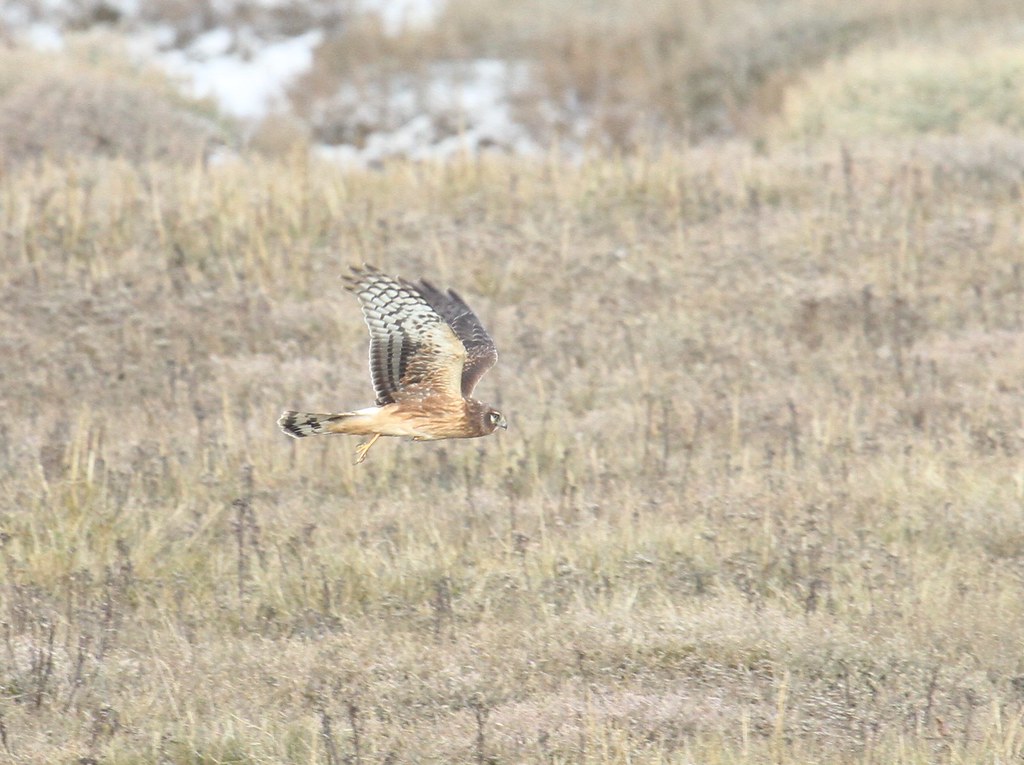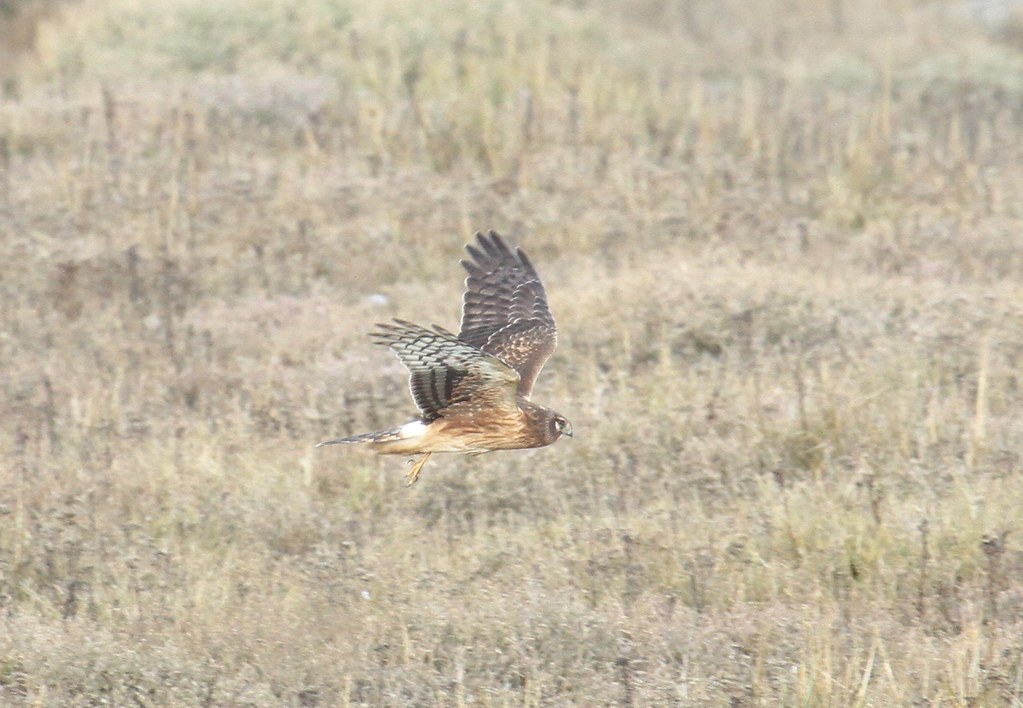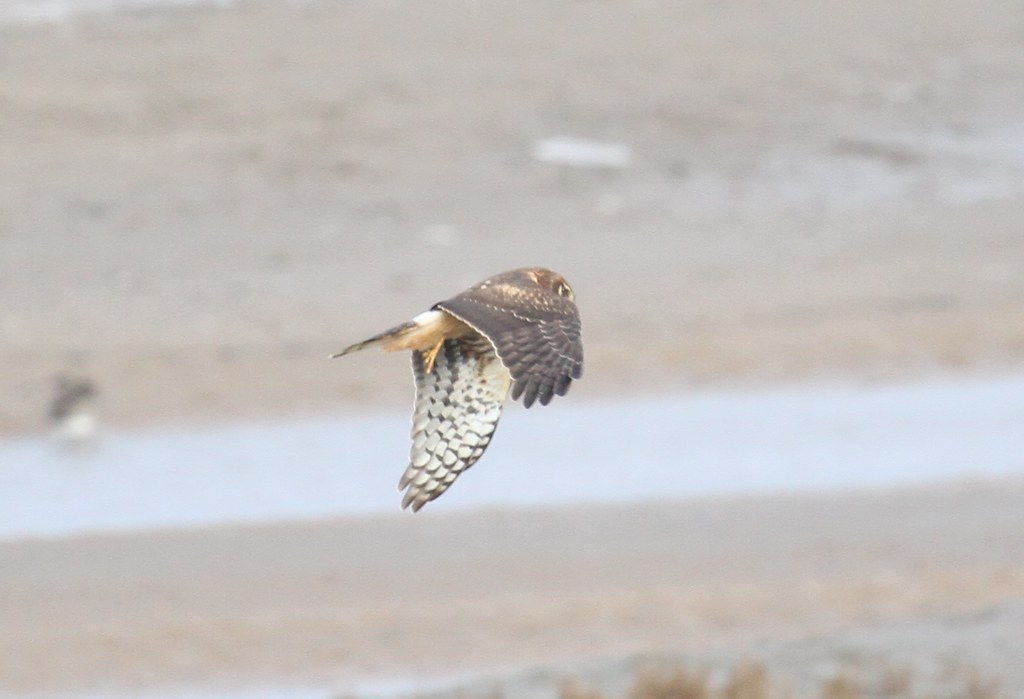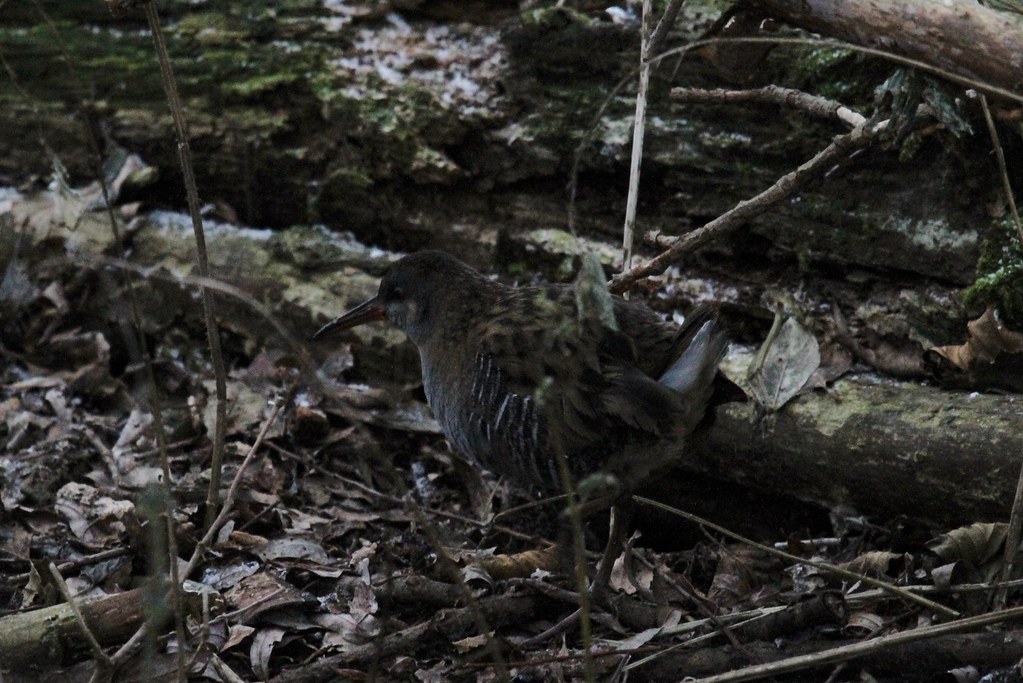 Mixed heron roost on the River Alagón (Montehermoso, Cáceres). In winter 2007-2008 the count was 5281 Cattle Egrets (Bubulcus ibis), 150 Little Egrets (Egretta garzetta) and 8 Great White Egrets (Egretta alba). In October 2008 it was occupied anew before being abandoned in November and has never been used since (figures provided by César Clemente and Javier Mahillo).Every year SEO/BirdLife organises one or more counts of particular bird
Mixed heron roost on the River Alagón (Montehermoso, Cáceres). In winter 2007-2008 the count was 5281 Cattle Egrets (Bubulcus ibis), 150 Little Egrets (Egretta garzetta) and 8 Great White Egrets (Egretta alba). In October 2008 it was occupied anew before being abandoned in November and has never been used since (figures provided by César Clemente and Javier Mahillo).Every year SEO/BirdLife organises one or more counts of particular bird species or families.
In 2011 it's the heron family's turn. A count of
wintering birds will be carried out in January before tackling a count of breeding colonies later on. A particular value of this winter count is that it will then be fed into the
Spanish Atlas of Wintering Birds, just like the recent coordinated
counts of Cranes (December 2007) and
gulls (January 2009).
Although several members of the heron family winter in Extremadura,
only roost-forming species really lend themselves to systematic counts. The most abundant species in Extremadura is the
Cattle Egret (
Bubulcus ibis), followed by the
Little Egret (
Egretta garzetta) and at some distance by the scarcer Great White Egret (
Egretta alba). The other heron species have been ruled out of the count, for various reasons. The Grey Heron (
Ardea cinerea), although quite numerous, does not form roosts and is not usually gregarious. The Night Heron (
Nycticorax nycticorax), although it forms big roosts in Doñana, is basically a summer visitor in Extremadura (albeit with the odd wintering bird). Other summer visitors that sometimes linger on into winter are the Squacco Heron (
Ardeola ralloides) and the Purple Heron (
Ardea purpurea). Lastly, the Little Bittern (
Ixobrychus minutus) and Bittern (
Botaurus stellaris), both very shy, have also been left out of this count.
The first step in the project is to find the roosts where the herons congregate each evening. The aim is to sound out the situation before 10 January 2011 and, if possible, by
31 December 2010. The
next step will then be to count the birds in all known roosts in January. The ideal situation, volunteers permitting, would be c
oordinate all counts in the weekend of 14 to 16 January 2011, otherwise the count would have to extended to other dates in January.
We therefore need your help: first by communicating any Extremadura heron roosts you may know about and secondly by then taking part in the count (for both purposes send an email to seo.caceres@gmail.com).
The
only previous info on wintering herons in Extremadura comes from the
Iberian counts carried out in 1992 and 1993 (Fernández-Cruz and Farinha, 1992; Sarasa et al., 1993). The overall results of both counts threw up figures of
about 160,000 Cattle Egrets, 10,000 Little Egrets and 1500 Night Herons, with a few Great White Herons, Squacco Herons and Purple Herons thrown in for good measure. The results were broken down by river-catchment areas, so no regional figures are available. Even so, we estimate ball-park figures of
42,000 (1993) and 53.000 (1992) Cattle Egrets in Extremadura, above all in irrigated farmland and more numerous in the Guadiana catchment area (30-35 thousand) than in the Tagus catchment area (13-17 thousand). The Extremadura population is therefore very important (one third of the Iberian total); in 1992 the region also boasted
Iberia's biggest roosts (the biggest with 7820 birds in Arroyo Concejo, Cáceres). The
Little Egret, with a more coastal range, is less common in the region, accounting for 10% of the Iberian total. Even so the estimated Extremadura winter population is
about 1500 for 1992 and 700 for 1993. Once more the Guadiana catchment area comes out tops. The lower 1993 figures for both species can be put down to the drought that hit the area at that time. This information, quite old by now, is only a rough guide for tackling the 2011 count, because many variables might well have changed since then, such as the number and site of landfill sites, new reservoirs, new irrigated farmland and ricefields,...). Prima facie, there now seem to be fewer but bigger roosts than in 1992 and 1993. Anyway, enough chat and let's get down to it!

 Distribution maps of Cattle Egret roosts (top) and Little Egret roosts (bottom) in January 1992 (Fernández-Cruz & Farinha, 1992)..References:- Fernández-Cruz, M. & Farinha, J. C. 1992. Primer censo de ardeidas invernantes en la penínsulas Ibérica y Baleares (1991-92). Airo 3:41-54. [PDF]- Sarasa, C. G., Bartolomé, J., Fernández-Cruz, M. & Farinha, J. C. 1993. Segundo censo de ardeidas invernantes en la penínsulas Ibérica y Baleares (1992-93). Airo 4:41-50. [PDF]
Distribution maps of Cattle Egret roosts (top) and Little Egret roosts (bottom) in January 1992 (Fernández-Cruz & Farinha, 1992)..References:- Fernández-Cruz, M. & Farinha, J. C. 1992. Primer censo de ardeidas invernantes en la penínsulas Ibérica y Baleares (1991-92). Airo 3:41-54. [PDF]- Sarasa, C. G., Bartolomé, J., Fernández-Cruz, M. & Farinha, J. C. 1993. Segundo censo de ardeidas invernantes en la penínsulas Ibérica y Baleares (1992-93). Airo 4:41-50. [PDF]





















































